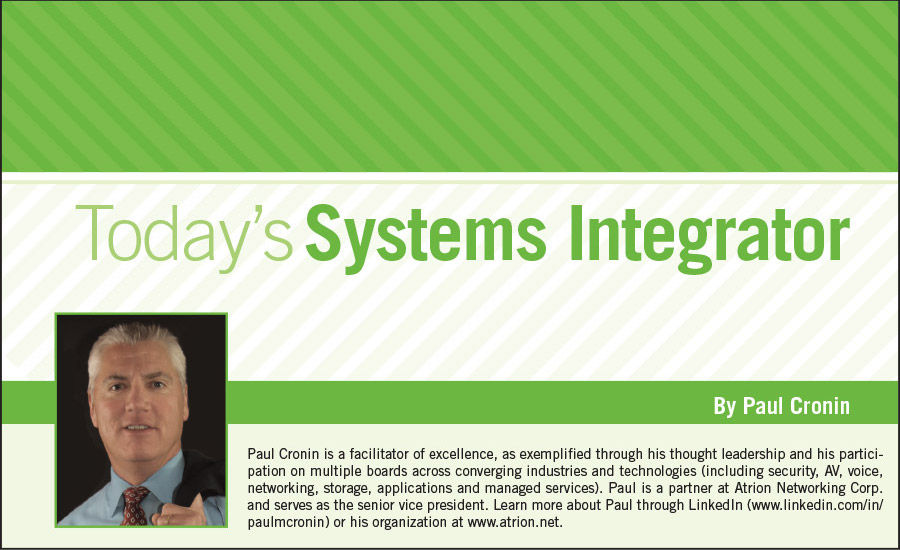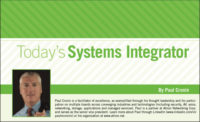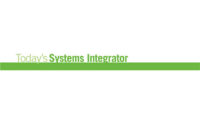Recently I attended the Cloud Partners Conference in Boston. I was there with two interests: one as a solution provider focused on understanding how to capture more business and identify key providers; the other was as a newly appointed board member to Channel Partners, the conference provider. It was at this conference that I locked horns with some cloud application providers, distribution and other solution providers over a question that I asked.
My question, I thought, was an easy one.Who owns the client in the cloud? I asked the question because there appears to be more people engaged with the client to provide them the solution than there ever has been before.
I was asked by most of the 50 people that I had the discussion with to explain “owns.” Simply stated, I indicated “the person and/or organization that is strategically invested in assessing the client’s needs, delivering on them and assuring their success based on their investment.” For example, I presented a scenario where a solution provider (integrator or VAR) meets with a client to identify their business need. Based on the business need the provider selects an application (O365) and administers the license transaction through distribution and the application is downloaded from the hosted provider (Microsoft). The solution provider works with the client to educate them on how to use the application to achieve the desired outcome.
After the installation, distribution, the solution provider or the hosted provider bills the client monthly for use of the application license. In addition, software upgrades, new feature releases and maintenance upgrades are provided by the hosted provider. The solution provider fields calls from the client when the application isn’t performing.
I presented the question equally to the three stakeholders and I received the following responses: (see chart below).
The hosted application provider believed that it is their application that is empowering the client’s business and helping them to achieve the business outcomes. It is their application that will be supported, upgraded and protected by them over time, which will continue to provide additional value to the client. This makes them the owner.
Distribution believed that although they are the middleman there is no other option for the solution provider to transact the business. It is their systems and process that enable commerce and allow the solution provider to bill the client through a reccurring revenue model without the investment of building it themselves. In most cases, distribution felt that clients may have numerous hosted application providers all facilitated by them — the critical link — which makes them the owner.
The solution providers believed they were the first one to engage with the client, identify the solution, and deliver the business outcome. It is theircontinuous support that makes them the client owner.
However, there was one factor for determining who owns the client that all stakeholders agreed was the most important. Whoever bills the client for the application usage on a reccurring basis was most likely to be considered the client owner by the client.
I thought the exchange of thoughts around this question helped me to better understand the perspectives of the stakeholders in the cloud ecosystem. My advice is never give up being the person billing the client if you truly want to own that client. You need to focus on setting up the model and also extend your services to focus on helping clients adopt all of the applications that they consume in a license.
The second question posed was, “Is owning the customer important?” but that is for a future article.
Please connect with me on LinkedIn; I would like to hear who you think owns the client.
|
“Owns the Client” TOTAL responses |
Hosted Application Provider |
Distribution |
Solution Provider |
|
50 |
18 |
6 |
26 |









